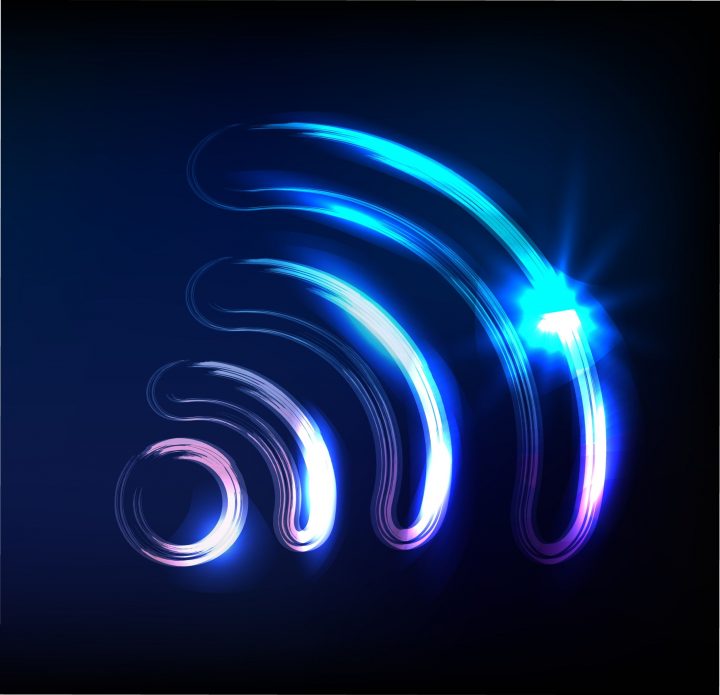In April, Broadcom announced it was sampling a complete end-to-end chipset offering for the Wi-Fi 7 ecosystem, further solidifying its early-mover status. Spanning routers, residential gateways, enterprise access points and client devices, the new Wi-Fi 7 chips more than double the speed of Wi-Fi 6 and 6E solutions on the market today. However, when you’re the first to market, the responsibility of verifying the technology’s abilities falls on you. But, with two recent Wi-Fi 7 demonstrations, the chip maker proved that it’s up for the task.
The first demo setup compared the performance from a Galaxy S10 equipped with Broadcom’s Wi-Fi 6 chip (the 4375), a Galaxy S21 Ultra equipped with the Wi-Fi 6E chip (the 4389), and finally, the new Wi-Fi 7 chip (the 4398).
In this real-world, over-the-air demonstration, the GS10 achieved one Gbit/s over Wi-Fi 6 and the Galaxy S21 hit two Gbit/s. The Wi-Fi 7 set up, which makes use of 320 megahertz of bandwidth and 4k QAM higher modulation scheme, got all the way to five Gbit/s.
“This demonstrated the vast improvement in hero class client device chips over the course of just over four years,” commented Vijay Nagarajan, vice president of Broadcom’s Wireless Communications and Connectivity Division.
In the second demonstration, Nagarajan headed to Broadcom’s lab where the performance of the company’s end-to-end Wi-Fi 7 solution was running. The set up involved a quad band AP powered by the Wi-Fi 7 4916 processor, a 67263 radio operating in the 4×4 mode in the 6 GHz band, three 6726 4×4 radios for the 2.4 GHz, lower 5 GHz and upper 5 GHz bands. Each of these access links were talking to four separate Broadcom 4398 Wi-Fi 7 client chips, and by aggregating across all bands, the demo achieved an overall throughput of 10 Gbit/s over the air.
Subscribe now to get the daily newsletter from RCR Wireless News
In a conversation following the release of these demos, Nagarajan highlighted the stability of its results. “The speeds in our demo were extremely stable… that means that the chip is very mature. The fact that we were demonstrating over-the-air throughputs with real-life interferences, showing such stable throughputs, shows you that Wi-Fi 7 technology is closer to realization than people make it out to be.”
“What we demonstrated will be the prevailing configuration for higher-end access points incorporating four radios,” he explained. “There are so many client devices operating on the 2.4 GHz, lower 5 GHz, and upper 5 GHz bands today, we do not see those radios going away. Manufacturers will add a single 6 GHz radio to the already very successful tri-band configuration on the market today.
He also positioned the Broadcom announcement within the larger market, stating that while the company is thrilled to see other Wi-Fi 7 announcements, it doesn’t want to see people be misled by the theoretical. “Arguably, we could take four of our chips and stick them in a so-called quad band configuration and show 34.5 Gbit/s,” he said, “but the question is where are you going to have two 6 GHz channels on the same platform? Europe doesn’t even give you more than 500 megahertz. We wanted to focus on what is realistic versus what is theoretical.”
“That’s Wi-Fi 7 for you,” concluded Nagarajan in the demo video. “We have introduced the whole ecosystem of access parts and client parts necessary for creating the network. The Wi-Fi horse and Wi-Fi cart.”

